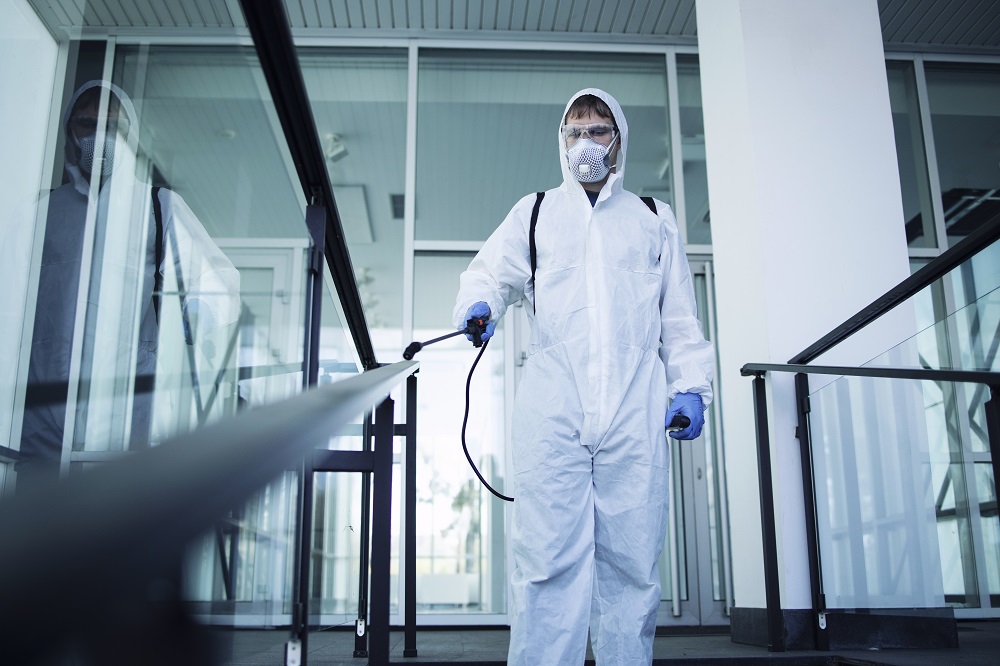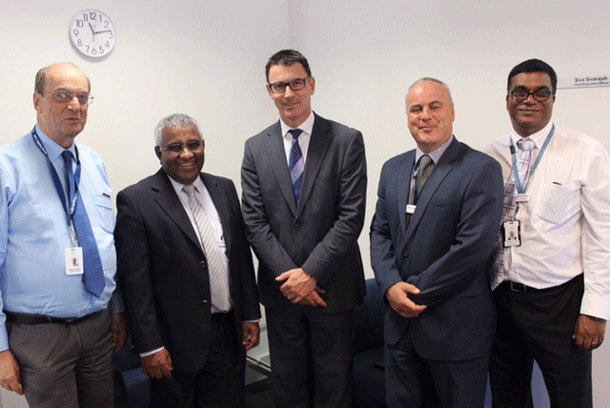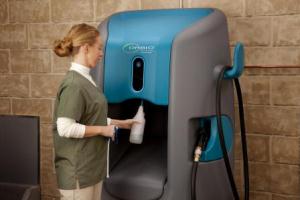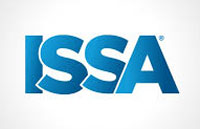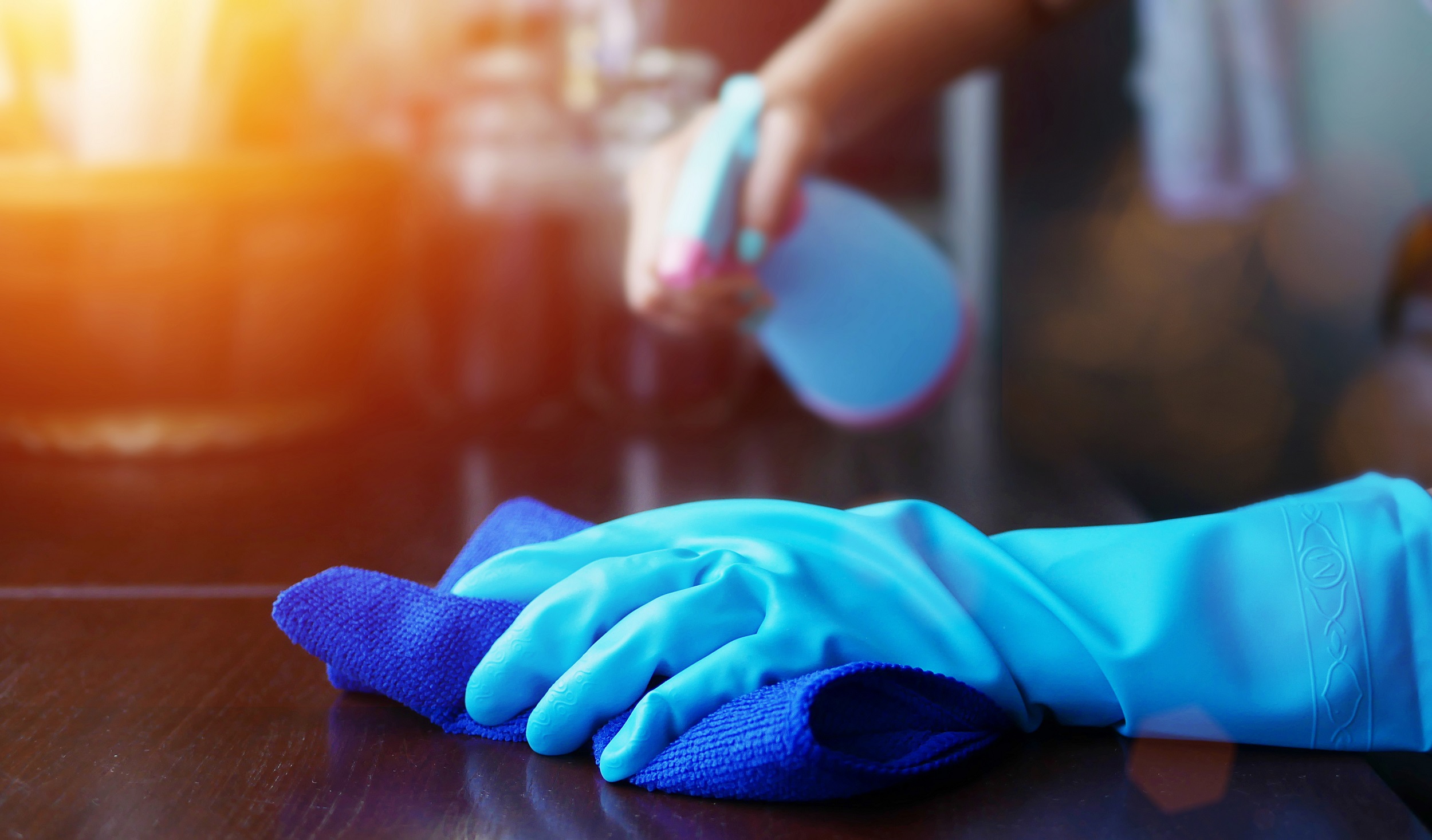
Demand for cleaning services in healthcare facilities has skyrocketed during COVID-19, forcing cleaning operators to be at the top of their game as they pursue ever-higher hygiene standards and take advantage of the latest technology.
James Pollock is justifiably delighted with the role his business’s cleaners have played in eliminating the coronavirus at an aged care facility.
The CEO of ServiceFM, a national facility services specialist, recalls how the cleaners performed their duties in a Victorian centre, which had recorded 77 cases of COVID-19.
“After three weeks we were down to zero cases,” Pollock says. “So, we’re quite proud of that result, and after that the Victorian Government was referring us to sites where they had an issue with the coronavirus.”
He is also happy that during the cleaning process no employees contracted COVID-19. “At the forefront of our methodology has been a commitment to protect our staff and use our proven cleaning processes.”
Pollock says the fact ServiceFM had done its homework about cleaning products and processes prior to COVID-19 has paid off. “We were very confident in ourselves that we knew what we had to do and what products we had to use.”
In the front line
ServiceFM is one of a cohort of participants in the cleaning industry that have been put to the test in healthcare environments in the past year.
From hospitals and medical clinics to aged care centres and beyond, the pressure has been on cleaners to help protect patients and people from infection during a tumultuous public health crisis.
Diversey Australia Healthcare Sector Lead David Purnell says the truth is that some cleaners on the front line in hospitals and healthcare centres feel “a little bit forgotten”.
“The frontline care staff have got all the kudos,” he says, noting that cleaners have to put their health on the line, wear personal protective equipment and risk exposure to harsh chemicals.
Nevertheless, there has been a considerable sense of pride among the cleaning community about the important pandemic task its workers have performed.
“They have a huge amount of pride in the role they do, and it’s a critical role,” Purnell says.
Diversey’s range of cleaning, sanitation and maintenance products, systems and services have been in high demand as a result of the coronavirus.
In the early phase of the pandemic, the company was selling in just one day a volume of disinfectant wipes that would normally be sold in months.
“It was madness,” Purnell says.
Now that the market has settled down somewhat, Diversey’s focus is on assisting customers with cleaning processes and standards, including releasing a cleaning guide for healthcare operators.
Country practice
While country areas across Australia have had fewer cases of infection from COVID-19 than the big cities, the team at Town & Country Cleaning in Dalby has been playing its part to keep locals safe in the Darling Downs region of Queensland,
The business has the contract to clean Goondir Health Services, which provides healthcare services to Aboriginal and Torres Strait Islander communities, in addition to Myall Medical Practice, the largest private practice GP service in the area.
Town & Country Cleaning owner and director Scott MacDougall says the pandemic has chiefly resulted in an emphasis on targeting high-touchpoint areas.
“There has been more attention to detail, rather than a lot of increased hours,” he says.
“It’s been about ensuring that what is being done is being done correctly.”
In meeting stringent hygiene standards with healthcare facilities, MacDougall says his business has benefited from having a trusted pool of staff. “We are fortunate that we have regular teams in Goondir and Myall,” he says.
“Our loyal team has definitely been one of our strengths.”
MacDougall says the key to successful cleaning at such a critical time has been to communicate closely with clients about their needs.
All staff have been put through an online COVID-19 training course produced by the Building Service Contractors Association of Australia.
“Fortunately, we haven’t had COVID-19 outbreaks in Dalby, but we are prepared for them and we have all our PPE gear there ready to go if needed.”
ServiceFM has also been conscious of getting on the front foot. Formerly known as Academy Services, the 40-year-old company has embarked on a significant branding and transformational period that is designed to reinvigorate and unite its electrical testing and tagging business, eSafe, and its facility-management company, UniversalFM, to provide greater options for clients.
“This move is about meeting the needs of the industry and this has been reinforced to us by COVID-19,” Pollock says.
“We see the move we’re making as being ahead of the trend as people realise that the management of their buildings is not just about cleaning and appearance – as our new motto says, Everything’s Connected.”
Technology focus
COVID-19 has clearly put the spotlight on various chemicals that can be used to target the virus.
Purnell says the cleaning industry, especially in a healthcare environment, is embracing advances that go well beyond the traditional focus on neutral detergents and microfibre to eliminate bacteria and viruses.
Some new innovations are transforming the industry, while other existing technologies are evolving and crossing over into healthcare settings.
For example, fogging and fumigation is being used in some hospitals, while some operators have been exploring the use of electrospraying, UVC sanitising through the use of ultraviolet light, robotics and the Internet of Things to improve health and efficiency outcomes.
Diversey distributes a UVC disinfection lamp called Moonbeam, which can be deployed into a typical hospital room and dispense beams of ultraviolet light to disinfect the room.
“While it’s fantastic, it’s what we call adjunct technology. It should be used in conjunction with fantastic cleaning processes,” Purnell says.
“There is no one silver bullet.”
At the same time, he believes there is considerable scope for cleaners to use the IoT or virtual reality via smartphones and apps to streamline cleaning and training.
For example, a worker could access online information on how to best use a floor machine in real time, rather than relying on advice from an on-site representative of a cleaning equipment supplier. “It’s about having that ability to quickly problem solve and doing it in-house,” Purnell says.
ServiceFM sees robotics as a factor that can help transform healthcare and other cleaning “further down the track”. In the meantime, Pollock envisages using automating processes to streamline the administration of hospitals and clinics. This could include management of contracts, invoicing, purchase orders and timesheets.
Winds of change
Like many operators, Town & Country Cleaning has had a rollercoaster ride during the past year, initially losing work from accounting and legal firms and the local Catholic school because of some closures.
However, its healthcare work has been strong, along with demand for cleaning services at a nearby power station and wind farm.
Contemplating the year ahead, MacDougall reflects that Town & Country Cleaning has fared relatively well during the pandemic.
With his accounting and legal clients coming back on board, the business is looking strong. “We’ve been very grateful that our customers have stuck by us because quite a few of them have had their businesses adversely effected by COVID-19.”
He is also pleased that the virus has not been transmitted in Dalby and plans to do his bit to make sure that status is maintained. “It’s onwards and upwards now.”
For many cleaning companies, success will no doubt be linked to the smarter deployment of cleaning chemicals and equipment.
At ServiceFM, cleaning of hospitals, medical clinics and aged care centres has required a commitment to quality and processes. “We do what we say we’re going to do,” Pollock says.
The other imperative has been to up the ante with training to ensure that high standards are being met.
He says there are simple anecdotal stories about some cleaning companies using the same mop to clean floors in toilets and kitchens. “That just shouldn’t happen.”
ServiceFM has invested in a comprehensive onboarding and induction program to ensure that all cleaning staff receive the same training instructions, whether they are subcontractors or direct employees.
Pollock believes ServiceFM’s rebranding and the move to bring all the company’s arms under one umbrella will give it an edge in a COVID-19 environment where clients want to be able to trust their cleaners, get continuity of service and streamline the administration burden.
“Once you’ve earned that trust and you’ve delivered for them, they’re very likely to use you for other services.”
Never stand still
Although there can be confusion around the best way to clean healthcare environments given how infectious COVID-19 has proven to be around the world, Purnell says the key is to keep innovating and testing new methods.
For example, as part of the shift away from the use of chlorine, which can damage surfaces and present inhalation risks for workers, Diversey has released a new line of wipes called Oxivir Tb that are especially good for the cleaning and disinfecting of surfaces in healthcare sites.
The active ingredient breaks down to oxygen and water, making it safer for patients and cleaners, and has Therapeutic Goods Administration validation for killing the COVID-19 virus within 60 seconds.
“It’s a great product, its efficacy is fantastic, and its compatibility on surfaces is tremendous, which is important when talking to hospitals with equipment that costs hundreds of thousands of dollars.”
On site, Purnell says high-touchpoint surfaces such as light fittings and remote controls require additional attention, as do areas in and around a patient, including bed rails.
Likewise, messages around the importance of washing hands after touching open-source body parts such as ears and sanitising between the cleaning of rooms remain important.
“A lot of this is common sense and the challenge is to maintain the rage and ensure those levels of cleaning and disinfection are kept up.”
This article first appeared in the May/June issue of INCLEAN magazine.
Read the original article here.
